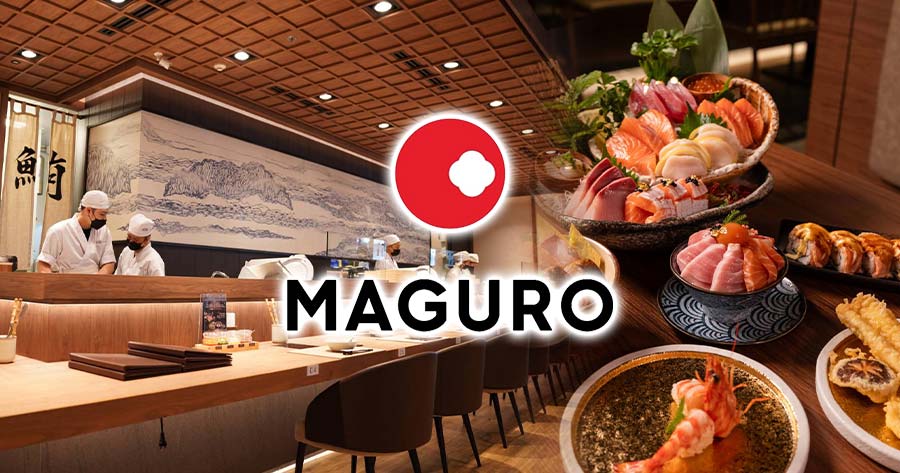Jakkrit Saisomboon, Executive Director and Chief Executive Officer of Maguro Group Public Company Limited (mai: MAGURO), revealed to “Kaohoon” that the overall performance in 3Q25 is expected to reach an all-time high, both in terms of total revenue and net profit. This is due to the full-quarter revenue recognition from new branches opened in Q2, as well as revenue recognition from newly launched brands such as KIWAMIYA at Central Park Dusit.
In addition, the company has been undergoing holistic internal improvements since the beginning of 2025 in terms of quality, service, menu offerings, and others. These efforts have resulted in a better same-store sales (SSS) trend in 3Q25, with a smaller negative rate than in 2Q25, and outperforming the overall market, which remains significantly negative.
Currently, the company operates a total of 50 branches under seven brands: MAGURO, HITORI SHABU, SSAMTHING TOGETHER, Tonkatsu AOKI, CouCou, Bincho, and KIWAMIYA.
Regarding outlook for 4Q25, the company expects performance to surpass the previous three quarters and likely to be the best quarter of 2025, as it is the high season for both business and tourism. Various festivals are expected to boost consumer spending, and the company plans to open three new branches: two Tonkatsu AOKI outlets at Megabangna and ICONSIAM, and one HITORI SHABU at Central Chaengwattana.
Jakkrit added that for 2025, the company is confident that total sales will grow 30% from 2024, which recorded a total sales of THB 1,378.23 million. In the first six months of 2025, total sales have already reached THB 865.91 million, thanks to a less negative same-store sales growth compared to competitors and consistent revenue recognition from 15 new branches, as planned.
This year, the company has been able to manage overall costs efficiently and has handled raw material costs well. The addition of more new brands has helped diversify raw material costs, reducing dependency on salmon price fluctuations that used to dominate the cost structure. Currently, salmon accounts for only 10% of the overall cost and its price has remained stable at THB 300 per kilogram throughout the year, said Jakkrit.
TISCO Securities states that it maintains a “Buy” recommendation for MAGURO, with a fair value of THB 29.25 per share, based on estimated 2026 EPS of THB 1.46 baht and a P/E ratio of 20x, 15% higher than the industry average, which is justified by an average annual growth rate (CAGR 2025-2027) of 35%.
Short-term supporting factors include anticipated record-high profit in the next two quarters, the launch of 2–3 new brands per year, and the company’s potential to introduce Thai food brands and new outlets in suburban areas.
For 3Q25 the company is expected to achieve a record-high net profit of THB 34 million, up 16.4% year-on-year from THB 29 million, and up 5.2% from the previous quarter with THB 32 million, thanks to aggressive expansion—49 branches compared to 45 in the previous quarter and 32 a year earlier—as well as improved same-store sales growth (SSSG).
Total sales in 3Q25 are projected to notch a record high at THB 464 million, up 30% YoY from THB 356 million, and up 4% quarter-on-quarter from THB 447 million, thanks to the opening of four new branches and full-quarter sales recognition from four branches opened in the previous quarter.
Although there were renovations at Maguro Bangna and Central World, along with a reduction in stores in central business districts (CBD) after various brand launches at Central Park Silom, potential sales impact should be offset by an improved same-store sales growth rate, now at -4.5% versus -9.8% in 2Q25.
Furthermore, MAGURO’s management has set a sales target of THB 5 billion by 2029, representing a compound annual growth rate (CAGR) over 25-30% in the next three years. The company believes achieving this goal will require strong consumption and the capacity to open over 15 outlets per year. Management’s medium-term targets include a gross profit margin (GPM) of 50–55% and a net profit margin (NPM) of 10%, which is deemed attainable through economies of scale and improved product mix.





